Can we mix together water and oil? Maybe you already know the answer is no, but do you know why that’s the case? Find out all about the chemical processes behind polarity and learn how to demonstrate it by making a cool Lava Lamp!
Article Contents
1. What is Polarity?2. Materials needed for the Homemade Lava Lamp
3. Instructions on doing the Lava Lamp Science Experiment
4. The Science behind the Lava Lamp Experiment
4.1. About Fizzing Tablets
5. What will you Develop and Learn?
What is Polarity?
You probably noticed that oil and water don’t mix. And the reason is a property called polarity.
We say that molecule is polar when there is a difference between the electronegativity of its atoms. Electronegativity is a very important chemical property that tells us how easy is for an atom to receive electrons. Nonpolar molecules have no or very small difference in electronegativity of their elements.
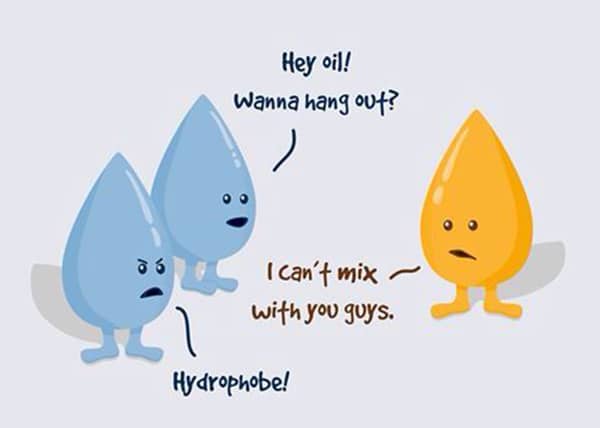
But how is polarity connected to the fact that water and oil don’t mix? Well, water is a polar molecule (hydrogen and oxygen form polar bonds) and oil is a nonpolar molecule (consisting of hydrogen and carbon which are of similar electronegativity).
Polar and nonpolar molecules really don’t like each other (they can’t form any chemical bonds) so they stick to their own group and don’t mix.
Materials needed for the Homemade Lava Lamp
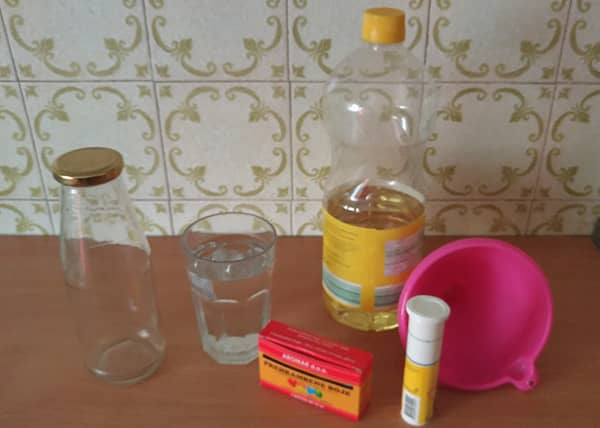
- Empty bottle. Glass bottle or plastic bottle will serve the purpose. Only important thing is that the bottle is transparent. As for size, we recommend at least a 1-liter bottle so we can observe the effect better. But an even bigger bottle will be good for our activity.
- Water. One-quarter liter of water will be enough if we use a 1-liter bottle. If you are using a bigger bottle, make sure 1 quarter is filled with water.
- Kitchen or cooking oil. We will need to fill 3 quarters of the bottle with oil. So If we are using a 1-liter bottle, we need 7.5 deciliters of cooking oil. Any liquid oil will do the trick. We can also use baby oil as an alternative to cooking oil.
- Food colors. For added effect, you can add a few drops of food coloring. You can buy them in most supermarkets and we recommend adding a couple of drops of red color for a real lava effect.
- Fizzing tablet or officially known as Effervescent tablet. This will be the trigger for our lava bubbles. Fizzing tablets are easiest to come by as vitamin or food supplement tablets and you can find them in most supermarkets as, for example, magnesium tablets.
- Kitchen funnel. Funnel is not mandatory but it will make pouring water and oil in our empty bottle much easier.
Instructions on doing the Lava Lamp Science Experiment
If you would like to see how we made our lava lamp, you can watch the video at the beginning of the article. And for step-by-step instructions continue reading below.
- Pour water into the bottle. Here we can use the funnel to make our job easier. Make sure 1 quarter of the bottle is filled with water.
- Pour oil into the bottle. Now add the oil to fill the bottle to the top if you used a 1-liter bottle. In any case, add 3 times more oil than the amount of water you added.
- Add food colors. Now we can add a few drops of food colors to our bottle to make the final effect more spectacular. As mentioned in the materials section, adding red color will make a great lava effect.
- Drop the fizzing tablet into the bottle. And to start our lava lamp, all we need to do is add a fizzing tablet. If you used a 1-liter bottle, even half fizzing tablet will make a great lava lamp. You can add the whole tablet for a longer and stronger effect. You can experiment with different amounts of fizzing tablets. Good thing is that you can repeat the process indefinitely as long as you have fizzing tablets. When one is used, just drop another one for the lava lamp to continue to work.
- Enjoy the show and mesmerizing lava bubbles effect!
The Science behind the Lava Lamp Experiment
How do we get the bubbles in the bottle? Why doesn’t oil, water, and food color just mix together? When we drop food coloring into the bottle, it doesn’t mix with oil molecules, but it does with water molecules. How come? Again, it is all about polarity. Colors are made of polar molecules, so they mix only with other polar molecules – water in our case. We can conclude that “same dissolves or mixes with the same”.
So polar molecules will mix with other polar molecules, and nonpolar molecules will mix with other nonpolar molecules. So if you remember that water is a polar molecule, anything that we can dissolve in it (like salt or sugar) must also be a polar molecule! Anything that dissolves in oil is nonpolar.
About Fizzing Tablets
Fizzing tablets contain baking soda and citric acid. When they mix with water, they make carbon dioxide which we see as bubbles in the water. Since they are gas, carbon dioxide gas bubbles try to escape the bottle. As it moves upwards, on its way, it picks up some colored water. When it reaches the surface, it escapes, but the colored water returns, all the way down through the oil, to the other water molecules.
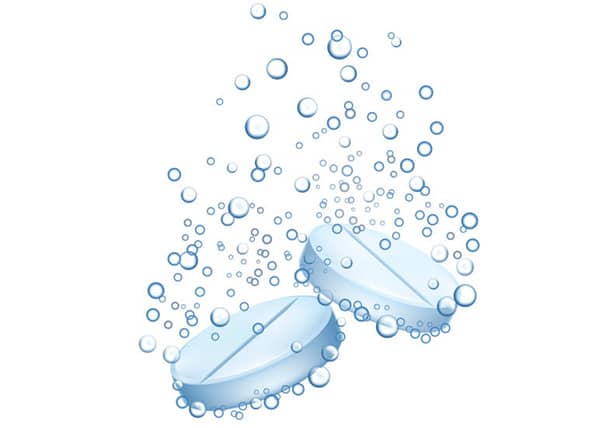
What will you Develop and Learn?
- Chemistry knowledge. Learning about polar and nonpolar molecules, different liquids and chemical properties of fizzing tablets will improve our knowledge of chemistry.
- Measuring and ratios. Since we need to add different ratios of water and oil in the bottle, we will learn about ratios and practice measuring.
- What is polarity. With the conduction of the activity, we will demonstrate how polarity works and how it enables us to achieve the lava lamp effect.
- Recognize Acid-base reaction. By observing the fizzing tablet in the water, we observe the acid-base reaction and chemical process of creating carbon dioxide.
- How to conduct an experiment. Planning and gathering materials, preparing an experiment, observing the processes, and making conclusions will help us develop knowledge on how to properly conduct an experiment.
We hope you enjoyed making this activity and that you are still enjoying your lava lamp. If you would like some more similar fun science experiments, we have some great recommendations:
- If you want another great activity to demonstrate polarity and you want to expand your knowledge, be sure to check the How to make colorful milk polarity experiment article.
- And for more chemical processes and learning about diffusion, we recommend checking How to demonstrate diffusion with hot and cold water activity.
- Another great chemistry experiment we recommend, if you want to learn about oxygen and oxidation, is Apple Oxidation Experiment.
- And last but not least, you can create your own volcano and make it erupt by doing Homemade Volcano activity with vinegar and baking soda.
Happy experimenting!
If you’re searching for some great STEM Activities for Kids and Child development tips, you’re in the right place! Check the Categories below to find the right activity for you.
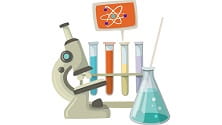
STEM Science
Videos, guides and explanations about STEM Science in a step-by-step way with materials you probably already have at your home. Find new Science ideas.
Read more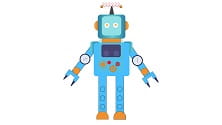
STEM Technology
Videos, guides and explanations about STEM Technology in a step-by-step way with materials you probably already have at your home. Find new Technology ideas.
Read more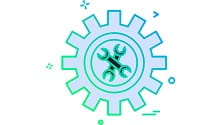
STEM Engineering
Videos, guides and explanations about STEM Engineering in a step-by-step way with materials you probably already have at your home. New Engineering ideas!
Read more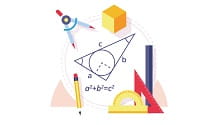
STEM Math
Videos, guides and explanations about STEM Math in a step-by-step way with materials you probably already have at your home. Find new Mathematics ideas.
Read more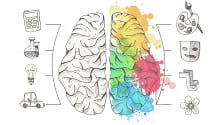
Psychology
Find out all about development psychology topics that you always wanted to know. Here are articles from child psychology and development psychology overall.
Read more
First year of Child’s Life
Following a Child’s development every month from its birth. Personal experiences and tips on how to cope with challenges that you will face in parenting.
Read more
4 thoughts on “How to Make a Lava Lamp”